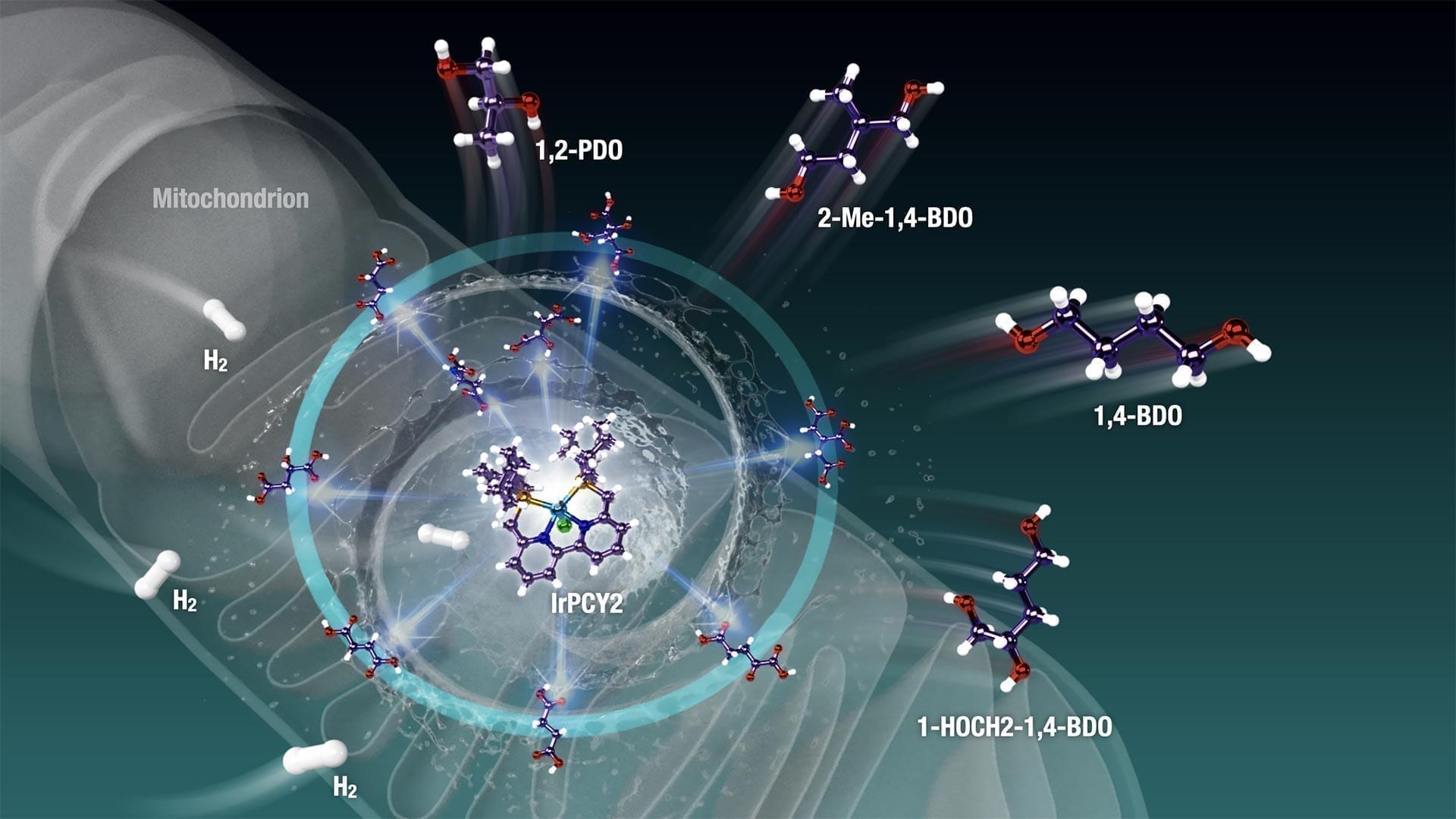
“Energy independence” is a concept that has become part of the political lexicon and touted as a panacea for a downturn economy.
Recently, the concept has morphed into “energy security” which encompasses not only a domestic abundance of energy resources, but freedom from energy market manipulation. Still, there are numerous and conflicting definitions for energy security. Does energy security mean using only renewable or carbon-neutral energy resources to prevent further anthropogenic global warming? How do fossil fuels, particularly natural gas, fit into a secure energy future? One thing is certain – we know an energy security failure we when we see it…or worse, experience it. The aftermath of Superstorm Sandy was the most recent example of how vulnerable society is to disruptions in energy supply. According to the Department of Energy, more than 8.6 million customers were without power following Sandy, more than any other storm in history. However, amidst the extensive Northeast blackouts were “islands” of power that may point the way to true energy security. Microgrids kept the lights on when the electric transmission system failed.
A microgrid is the interconnection of local generating resources and electric users (loads) optimized for reactive and sustainable operation. As opposed to the large, centralized generating plants that provide the backbone of the transmission grid, microgrids utilize distributed generation (DG), which can be derived from conventional generators, fuel cells, efficient combined heat and power systems, and renewable energy sources. Although microgrid systems may normally be connected to regional transmission networks, they also have the ability to be self-sustaining or “islanded” when the electric grid goes down.
The Climate Change Case for Microgrids
Over the last two years (2011 and 2012) fourteen (14) extreme weather events, each causing more than a billion dollars in damage have occurred in the U.S., according to the Center for American Progress. Many of these events have caused widespread power outages. Ongoing drought is also a huge concern, as many energy technologies rely heavily on water, including steam electric power and natural gas fracking. According to the International Energy Agency (IEA), 50 percent of global water usage is for energy production. While nationally there has not been a coordinated policy effort to address energy security impacts from climate change, the situation is causing some states to investigate microgrids as a solution. After a series of storms walloped the state with large-scale outages, Connecticut is exploring policy to encourage microgrid development. Connecticut will be an important case study in how policy must be crafted to facilitate adoption, and the issues involved with community-based microgrids including parity, utility involvement, and economics.
The sustainability of energy supply amidst emergencies that take down regional power systems has been a primary driver for microgrids. Consider the difference between the microgrid approach and centralized power generation. Centralized power generation relies heavily on large baseload nuclear, coal, and natural gas plants. Disruption of power between the centralized generating plants and the delivery of that electric to end users can occur anywhere along the network of transformers, transmission lines and substations that is hundreds of miles long. Vulnerability is not limited to winds and flooding. Voltage instabilities, equipment malfunctions, unplanned generator outages, terrorist attacks, ice, and lightning can cause widespread blackouts. In contrast, a microgrid system has multiple (and often diverse) generating sources as well as energy storage capability that are local to end users. Control is also local, allowing responsiveness to instabilities in the transmission grid, compensating load reduction, and efficient deployment of available generation.
-
The Sustainability Case for Microgrids
-
Making the Economic Case for Microgrids
-
Regulatory Hurdles
via Scientific American – Dawn Santoianni







